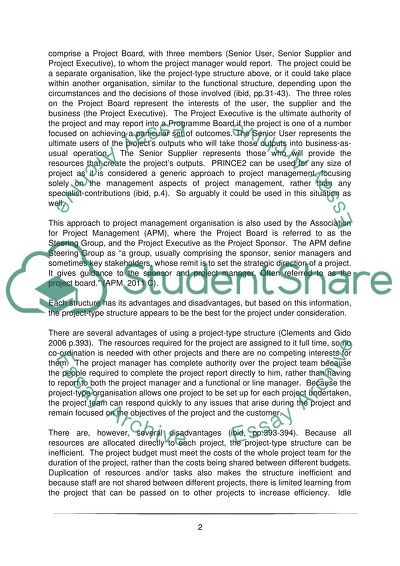Cite this document
(“Project management Assignment Example | Topics and Well Written Essays - 4500 words”, n.d.)
Retrieved from https://studentshare.org/family-consumer-science/1404882-project-management
Retrieved from https://studentshare.org/family-consumer-science/1404882-project-management
(Project Management Assignment Example | Topics and Well Written Essays - 4500 Words)
https://studentshare.org/family-consumer-science/1404882-project-management.
https://studentshare.org/family-consumer-science/1404882-project-management.
“Project Management Assignment Example | Topics and Well Written Essays - 4500 Words”, n.d. https://studentshare.org/family-consumer-science/1404882-project-management.


